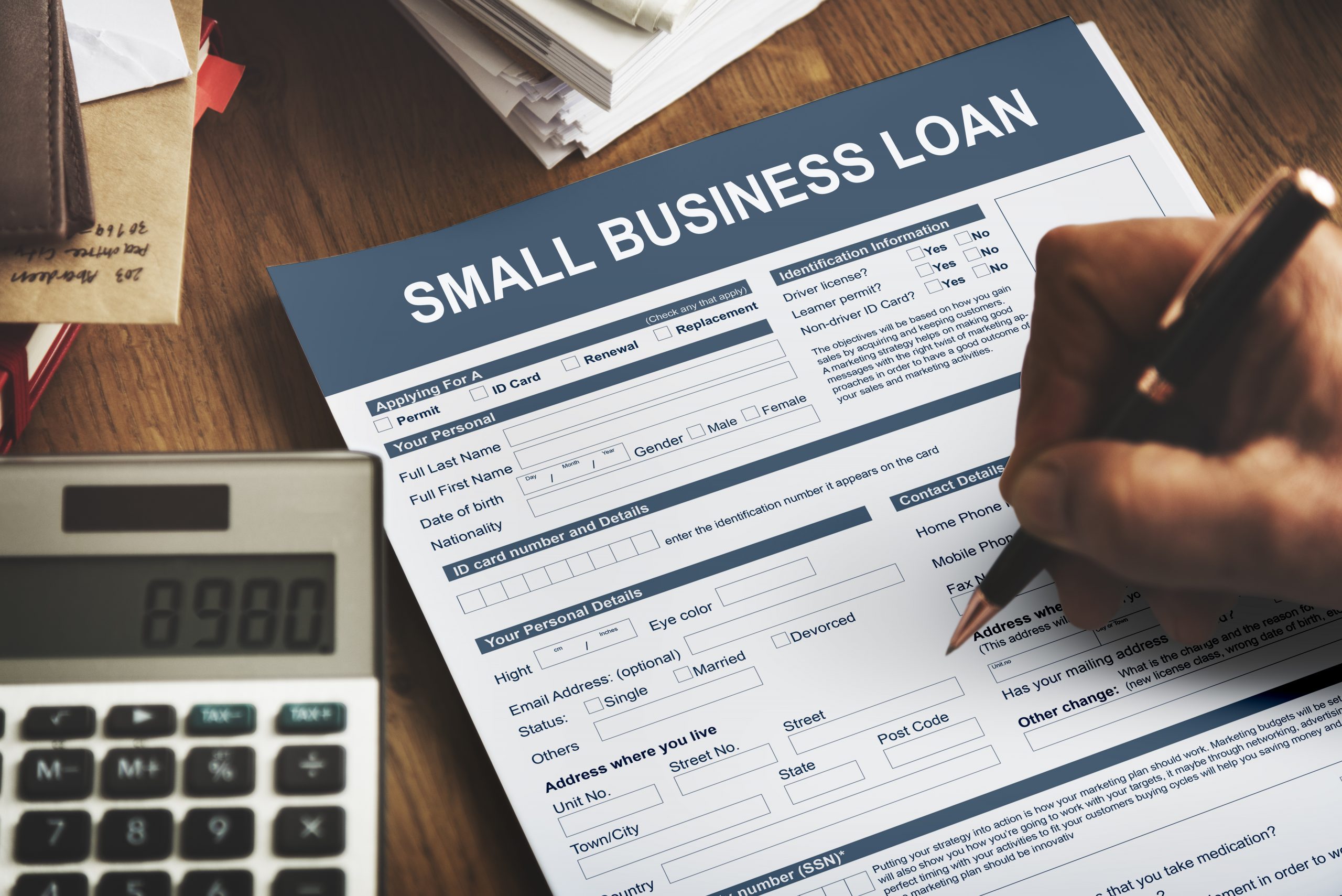Opening a restaurant is an exciting new business venture. But before you start counting your Michelin stars, you’ll need to go through the same steps that every aspiring entrepreneur needs to do in order to make your restaurant a success.
It used to be taken as a foregone conclusion that 99% of restaurants failed in their first year. In fact, restaurants have a fairly-low failure rate, compared to other service-oriented businesses. According to research published by Forbes, only 17% of restaurants fail in their first year, which is good news for the aspiring restaurateur.
One of the most important things to remember when opening up a restaurant, especially for the first time, is that a restaurant is a business not a hobby, and not a social club. Whether you’re going to buy into a franchise or create a trendy, upscale restaurant, the economics of the restaurant business remain the same. Actually, in some ways, opening a restaurant is a little harder than starting other service businesses. Because restaurants have perishable inventory and require a lot of government regulation, opening a restaurant might be considered difficult or ‘tricky’. But if you’re willing to put in the time and effort, you will find owning and operating a restaurant can be even more fun and exciting than you imagine (and hopefully even more successful too!).
Location, Location, Location
The French Laundry is located in Yountsville, California. It’s on a farm located about 58 miles from San Francisco, and seats 60. It’s owned by Thomas Keller, and is considered one of the best restaurants in the entire world. Chef Keller doesn’t need to worry about location; people know his reputation and come from all over the world to eat there, booking months in advance. (When planning your visit, bring a jacket; it’s required.)
For the rest of the aspiring restaurateurs, having a restaurant in the right location is one of the key elements to setting your restaurant up for success. If you’re just starting out, try to avoid out-of-the-way locations. You’ll want your restaurant to be visible to passersby, with a good parking area and a fair amount of foot traffic from people that can stop in to eat.
Get details of the locations that seem the most promising from a commercial real estate agent, including estimates for rent and utilities, before locking yourself in to a specific location.
Develop a Floor Plan
Once you have a final choice for your location, meet with a restaurant planner or architect with restaurant experience to sketch out roughly how many seats, or covers, your restaurant can handle. There are formulas and methods for determining how to figure this out on your own, however it will be quicker with someone with experience and expertise.
Your floor plan will have to include kitchen space, restrooms, closets, storage, refrigeration and freezer space.
If you’re taking over a location that once was a restaurant, much of this may have already been determined, allowing you to save time and money having to do it yourself.
What’s in a Name?
Naming any new business is exciting. You want it to be original, inviting, easy to remember, and meaningful. In 2003, Tom Colicchio named his upscale sandwich restaurant ‘wichcraft, a play on sandwich and his Craft restaurant brand. Christina Tosi named her restaurant ‘Milk Bar’, since her primary products were inspired by the milk at the bottom of the cereal bowl.
Some new restaurants are named for their location, some for the type of food they serve, and some for the name of the owner. However you choose to name your restaurant, make it something you absolutely love. If possible, work with a branding expert to find a name and branding design that resonates deeply with you.
Refine Your Concept
Based on the location and number of seats in your restaurant, you might have to reconsider or adjust your initial restaurant concept. This may or may not be a good thing. Some things you may have to consider adjusting are your your pricing, seating plan, or your menu items, in order to remain competitive as well as cover your monthly costs.
Use your location to help you with the planning of your offerings. Locally-sourced products may help promote not only your own restaurant, but other local businesses. As the saying goes, “a rising tide lifts all boats.” On the other hand, if you were planning on offering seafood with limited access to fresh products, you might have to look to different suppliers, or revisit your menu if ingredients become too expensive or hard to get.
It’s important to stay flexible during your startup phase in order to ensure that your restaurant concept will have the best chance of being successful. Most people don’t know that before Starbucks became the household name it is today, they were only in the business of selling beans and espresso machines.
Permits, Licenses, and the Health Department, Oh My!
Restaurants are regulated by the local and state governments. There are different requirements for different states, so do your homework and apply for all the licensing you’ll need in order to avoid running afoul of the law. You’ll need to check with the local fire department for fire suppression systems and gas lines. You might need an array of others such as an assembly license, a food handler’s certificate, liquor license, business license, weights and measures licenses for scales… the list goes on and on. Finally, you’ll need certification from the Health Department that your establishment is licensed to prepare and serve food to the public.
Take this step very seriously in order to give your restaurant a chance to succeed. Make sure you have everything you need before you open your doors, or you could face fines or even be shut down. You may choose to take this step after you secure the funding you need, but in reality, financial officers and lenders that see you’re already invested in the business will be more likely to consider your proposal.
Funding
Once you have a good location with a general idea of how many customers you can handle, an awesome brand concept, and a solid menu, start assembling your business plan. You may be showing it to private investors, banks, or other lending institutions, but they’ll all want to see your business plan.
A business plan is like a financial roadmap for your business. In it, you need to calculate all of your fixed costs such as rent, electricity, water, gas, waste management, staffing, and so on. You will also have to calculate your variable costs, which is a projected range of what your costs will be for inventory and what your revenue will be based on a high/low of customers. The business plan will change, often daily, as you get more detailed information.
At this point, you should reach out to a local food recovery service that feeds the homeless or underprivileged families. Often you can get a tax receipt from them for food items you donate, which is important to include in your business plan. More importantly, it is a way to give back to the community, which makes you both a responsible business owner and a better person.
The more organized, knowledgeable, and realistic you are about your restaurant idea, the better your chances are for funding your idea.
Equipment Purchases
The list of items you’ll need to start your restaurant is endless. If you’re taking over a former restaurant, many of the fundamental items may already be in place, or you may be able to purchase them for a substantially reduced rate. You’ll still need to make a list for the local restaurant supply store. They can help you get everything from utensils to missing kitchen equipment.
Keep an eye in the local newspaper for restaurant supply auctions. This is a great way to get the equipment you need for a fraction of the cost for buying everything brand new.
Staffing
When you reach the point of needing workers, you’re probably almost ready to open your doors! It’s a fun and exciting phase and no small accomplishment. Word always gets around when a new restaurant is opening, so be prepared for a few walk-ins checking out the new place.
Fight the urge to poach talented workers from other local restaurants. You don’t want to cause bad blood with other local establishments, and you have to consider that if they’re willing to walk out on their current employer, there’s nothing to stop them from walking out on you.
Your head chef, if it isn’t you, is probably the important staff member. Find someone with whom you have a good rapport and can work with even when things get a little hectic, or tight. Let them bring in people that they have worked with in the past, but be sure to interview them so you can form your own opinion of your people.
Find a floor manager or head waiter/waitress that has experience in the type of cuisine you’re planning on serving. Once you find the person that you want to run table service, make sure to involve them in the hiring of additional wait staff, so they will feel comfortable with the people they will need to train.
It is extremely important to make sure that you, the chef, and the floor manager have good communication all the time. Trust that they are focused on the best needs of their respective areas of responsibility and listen to what they need in order to do their jobs effectively.
Make a strict work policy that all employees must adhere to during their work shift. This is important to maintain proper decorum throughout your restaurant, as well as to protect yourself legally if you need to let someone go for violating company policy. If an employee cannot follow the rules, they cannot be a member of your team. Remember: everyone is expendable.
Services Purchases
Start making arrangements with the delivery people who will stock your restaurant with all the things you’ll need to serve your customers. Fresh fruits and vegetables, dry goods, meat, fish and seafood, drinks, uniforms, linens, and paper goods like toilet paper is a good list to start with. See if your local florist will trade table advertisement for individual table displays of fresh flowers.
Be prepared to pay cash to your vendors until you’ve managed to establish credit with them. Especially if you are new to the business, they will have no way to judge your credibility. It’s going to put a squeeze on your cash flow for the first few months, but once you become known as someone who pays their bills on time, they will be more likely to extend you a line of credit that you can pay monthly rather than weekly or daily.
Advertising
Start advertising in your local newspapers and bulletins for your grand opening. If you haven’t secured your digital media assets, such as a web site or social media pages and accounts, do it now and start promoting your restaurant. If you have the budget, hire a PR person to generate interest in your new restaurant. You might even start taking reservations at this point for after your grand opening. Resist the urge to offer a coupon or discount, since people will come to expect it and that can hurt your business.
Reach out to the local chamber of commerce, business associations, and anyone that can help you with promoting your business and give it a good boost at the beginning.
Practice and The Grand Opening
Things will not go smoothly in the beginning. Expect it. Have a couple of nights before you’re ready to open in order to iron out the wrinkles. Invite your friends and family, and your staff’s friends and family, to a complimentary dinner at the restaurant. Don’t pack the restaurant; keep it to about 50% capacity. Give them feedback cards so you can discuss the service with your staff and figure out how to improve things for the grand opening. If everything has gone great, get ready to throw open your doors and invite the public into your restaurant. Get ready for a wild ride!
Starting a new restaurant is different from opening other types of businesses. There are many moving parts, many different personalities, and many challenges that will require you to stay on your feet for long hours. But no other business gives you the same sense of accomplishment, success, or gratification than a restaurant does.





